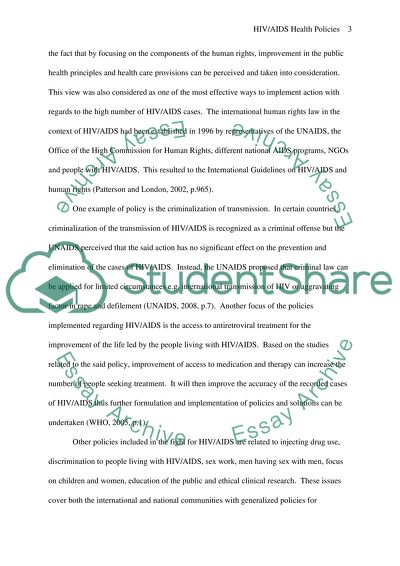Cite this document
(“HIV/ AIDS international and national health policy Research Paper - 1”, n.d.)
HIV/ AIDS international and national health policy Research Paper - 1. Retrieved from https://studentshare.org/miscellaneous/1575218-hiv-aids-international-and-national-health-policy
HIV/ AIDS international and national health policy Research Paper - 1. Retrieved from https://studentshare.org/miscellaneous/1575218-hiv-aids-international-and-national-health-policy
(HIV/ AIDS International and National Health Policy Research Paper - 1)
HIV/ AIDS International and National Health Policy Research Paper - 1. https://studentshare.org/miscellaneous/1575218-hiv-aids-international-and-national-health-policy.
HIV/ AIDS International and National Health Policy Research Paper - 1. https://studentshare.org/miscellaneous/1575218-hiv-aids-international-and-national-health-policy.
“HIV/ AIDS International and National Health Policy Research Paper - 1”, n.d. https://studentshare.org/miscellaneous/1575218-hiv-aids-international-and-national-health-policy.


